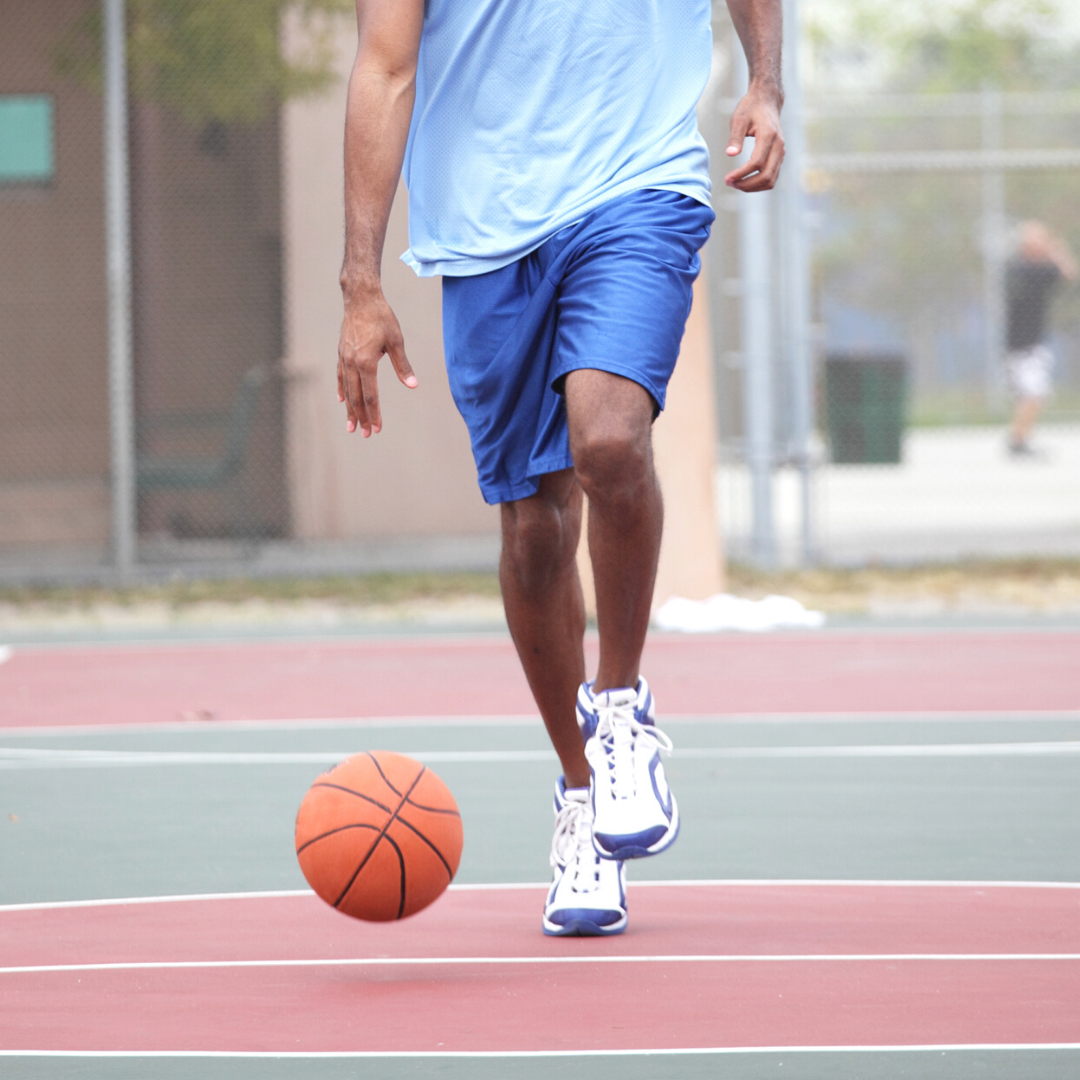Forbes: Thunder Hope Third Surgery Is A Charm For Andre Roberson’s Patella
October 7, 2018Forbes: Dirk Nowitzki Ankle Injury: Age Likely A Factor In Delayed Return To Dallas Mavericks
October 14, 2018
Washington Redskins running back Adrian Peterson dislocated his shoulder late in the first half of Monday’s 43-19 loss to the New Orleans Saints. He said he got up after running a swing route, felt stiffness in his shoulder, and knew something was seriously wrong.
“I just popped it back in, braced it up at halftime, and got back in there,” Peterson told reporters. He went on to say: “It’s not going to keep me out. … I came back into the game. It was just a situation where it was sore.”
At this point, according to reports, he has a shoulder strain. It really becomes a matter of semantics, though: Peterson described a shoulder dislocation.
For the shoulder to dislocate, one of three things typically happens:
1. The labrum, a soft tissue structure around the glenoid (socket of the shoulder), tears.
2. The rotator cuff tendons tear.
3. A piece of the glenoid breaks off.
In severe cases, a combination of these three can occur.
Most commonly, it is the labrum that tears. Sometimes the labrum and/or capsule that attaches to the labrum stretches without completely tearing. In this situation, it wouldn’t be wrong to diagnose someone with a shoulder strain.
So is Peterson putting his long-term shoulder health at risk by continuing to play soon after dislocating his shoulder?
Shoulder dislocations are common in football and other collision-based sports, but there is some debate around an in-season return to play, the need for surgery and the timing of a surgery. Proper rehabilitation, the use of a shoulder brace and an understanding of possible risks are vital considerations.
Young people with a shoulder dislocation have a very high likelihood of another dislocation, regardless of the sport. It is important to recognize that each dislocation isn’t a benign event: Tears can get worse and/or bone loss can become more common. For this reason, many surgeons have gotten more aggressive about fixing first-time dislocators, particularly in patients under the age of 20.
In the NFL, it is not uncommon for players to return within a few weeks of a dislocation. Return to play is predicated on regaining full range of motion and strength in the shoulder. Bracing the shoulder can help prevent another dislocation, but it doesn’t completely obviate the risk of repeat dislocation. The athlete should be able to return to play with a brace about two or three weeks after the dislocation.
However, recurrence is common and is the primary risk associated with early return to sport. Athletes with in-season shoulder instability returning to their sport have demonstrated recurrence rates ranging from 37% to 90%.
As mentioned above, the long-term consequences of recurrent instability for in-season athletes are not well defined, but worsening tears and increasing bone loss on the socket are likely to occur. These are important factors to consider because, in many cases, as pathology worsens, procedures that can be performed arthroscopically through a few small poke holes instead have to be done through large incisions with more salvage-type techniques.
Early surgery with no return to play that season may also be recommended if a torn rotator cuff is the cause of the instability. Surgery is often recommended if the athlete sustained the injury near the end of the season or had multiple dislocations.
Peterson has a history of exceeding expectations when returning from injury, so the hope is that this is no different. The “shoulder strain” that resulted in a dislocation needs to be watched, though, so that he doesn’t suffer a repeat instability episode this season.



